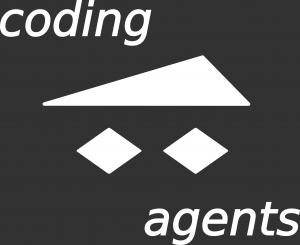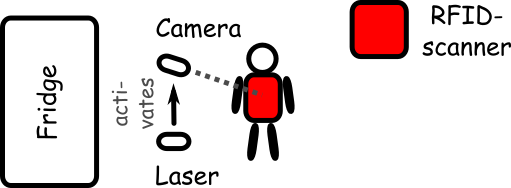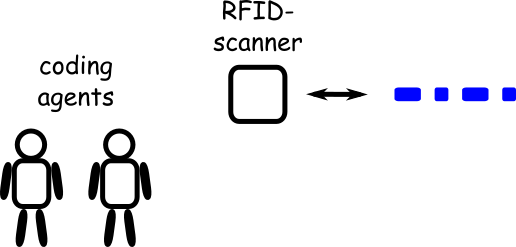The What the data hackathon is over! It was an incredible weekend in Hamburg with a lot of fun, nerds and crazy ideas (and some barbeque as well). A friend of mine and I were participating as team coding agents and we were one of the prize winning teams!
The hackathon was held in a smart house of the Energie-Campus, Hamburg full of sensors. The sensors included heating, photovoltaic, hydrolysis and methane production for power2gas conversions, a lot of heat sensors, power consumption/production sensors on many systems, RFID tags and readers, cameras, lights, … All the systems were nicely available through MQTT protocoll and although the WiFi was off for some time and not all privileges to read/write data were granted from the beginning on, the organizers did a really great job! Thanks so much! During the hackathon we learned a lot about MQTT, renewable energy, smart houses, IoT, sensors and man-machine interactions. It is definitely worth to visit the hackathon next year again. And to show some numbers: According to the organizers 40 million data sets were transfered during the weekend between the hackathon participants and the sensor system.
This is the first part of articles about the hackathon. For further reading please see part two.
Following are some of my personal highlights of the event:
- A team using Alexa, Mobile or a Smartwatch as input device for querying machine state. If a RFID tagged user was close to a machine Alexa was answering a simple command with a detailed explanation of the machines state like: CO2, O2 or Methane concentration, temperature, …
- A team using a laser scanner on the fridge to trigger a camera, which made a photo of the fridge opening persons T-shirt. The image was analysed with respect of T-shirt color and bound to the persons rfid-id. Next time this person was close to any of the RFID readers its color changed according to the T-shirt color. All the data were visualized with a small app. A nice and simple way to play Capture the flag.
- A team proposing blockchain technology to organize energy distribution based on the demand of an individual agent. Maybe, things like that can be done with smart contracts? The different parts in the system are independent agents, the hydrolysis machine was used as an example.
- A team using a smartwatch as input device to control the movement of a roboter arm. The movement included up/down, left/right and stick/release items.
It was very interesting to see location based activation of services in different applications (capture the flag and alexa). For sure, this is a quite powerful concept also for serious applications. Also, the use of Raspberries in a lot of projects was very interesting. As an additional plus: Discussions with a lot of people about sensors, chips and how to use it for hobby projects.
Our own project was about simulating the energy distribution from the photovoltaic on the roof down to the different stages of hydrolysis, methan production to charging electrical bicycles and electrical cars. There was some time left at the end. We did a good investment by using this time to tought the RFID sensors to blink in Morse code during our final presentation.
Some parts of our project will be highlighted here in future articles. Stay tuned!





